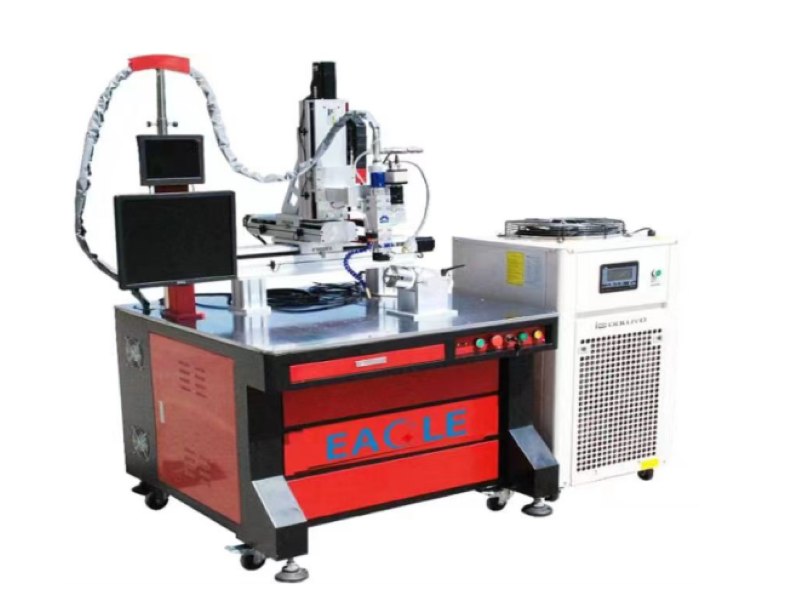When discussing the technical issue of how thick a fiber laser welding machine can weld, we first need to understand the basic principles, technical characteristics and key factors affecting its welding thickness capability of laser welding. Laser welding, as a high-precision and high-efficiency welding technology, is based on the use of a high-energy-density laser beam as a heat source to form a weld by melting the surface of the welded material, thereby achieving material connection. In this process, factors such as the power, focal length, welding speed and physical properties of the welded material jointly determine the quality and thickness limit of the welding.

Key factors affecting fiber laser welding machine:
1. Laser power: Laser power is one of the most important factors determining welding thickness. The higher the power, the greater the energy density of the laser beam, and the more material that can be melted, thereby achieving thicker plate welding. However, as the power increases, the requirements for equipment stability and cooling system also increase accordingly.
2. Focal length and spot size: The focal length of the laser beam determines the size of the spot, which in turn affects the penetration ability of the welding and the width of the weld. Short focal length can obtain a smaller spot and higher energy density, which is conducive to welding thicker plates; but too short focal length may also cause beam divergence, affecting welding quality.
3. Welding speed: The speed of welding directly affects the input and distribution of heat during welding. Faster welding speed can reduce heat input and avoid overheating and burn-through, but it may also cause the weld to be unfused or insufficiently fused; slower welding speed is conducive to increasing the fusion depth, but it may increase the heat-affected zone and cause deformation.
4. Physical properties of the welded material: Physical properties such as thermal conductivity, melting point, and thermal expansion coefficient of the material also have a significant effect on the thickness of laser welding. Materials with high thermal conductivity are easy to dissipate heat and require higher laser power or longer welding time to ensure sufficient fusion depth; materials with high melting points require higher energy density to melt.
5. Auxiliary gas: During laser welding, the use of auxiliary gas (such as inert gas) can protect the molten pool from oxidation, and also help to blow away impurities and oxides in the molten pool and improve the quality of the weld. However, different gas types and flow rates have different effects on welding thickness.
What is the thickest plate that a fiber laser welding machine can weld?
Based on the comprehensive consideration of the above factors, the thickness of the plate that a fiber laser welding machine can weld is not a fixed value, but depends on the specific equipment parameters, process conditions and the properties of the welded material. Generally speaking, the thickness of the plates that a commercial fiber laser welding machine can weld ranges from a few millimeters to tens of millimeters. For thicker plates, special process measures may be required, such as preheating, multi-layer and multi-pass welding, etc., to improve welding quality and efficiency.
I hope this news can help you who are choosing a fiber laser welding machine. If you know the thickness you want to cut, we can provide you with professional product selection suggestions!

